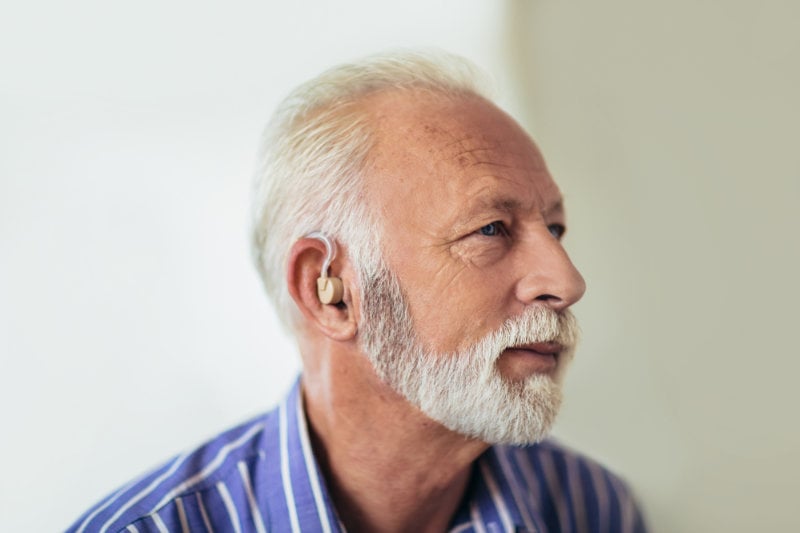
Hearing aids are devices that you count on every day to function in your daily lives. Despite its durability, there are rare instances where devices could malfunction and deteriorate. Our hearing aids should be seen as important investments — just like any other investment. Hence, it is necessary to learn how to clean hearing aids. This will ensure that you optimise and get the most of your hearing aids. Here are three simple ways on how to clean hearing aids, which will ultimately lead to better hearing for you!
Know Your Hearing Aids
Due to technological advancements, there are now several different types of devices available in the market. The most common type of hearing aids is Behind-The-Ear (BTE) hearing aids, which hooks over the top and rests behind the ear. Now, there are new hearing aids that are much smaller and less visible called In-The-Ear (ITE) hearing aids, which essentially is like an ear tip that sits in the outer portion of the ear canal. While they both are two different types of devices, the way in which you clean them is actually very similar.
For BTE hearing aids, ensure to wipe them clean daily to avoid discolouration.
You may view this video for a step-by-step tutorial of how to clean your BTE hearing aids:
Since ITE hearing aids are much smaller in size than BTE ones, it may be slightly more difficult to clean. With that, you may need to get a few tools to aid in cleaning your process.
You may view this video for a step-by-step tutorial of how to clean your ITE hearing aids:
Get Proper Tools and Scheduled Regular Cleanings
Earwax is the enemy of all hearing aids, which can lead to the quality of your devices to deteriorate. While it is inevitable to avoid the contact of earwax with your device, it is important to learn how to clean hearing aids regularly. This will increase the longevity and performance of your hearing aids.
How to clean hearing aids?
For cleaning at home, a brush and a wax pick or wire loop are the most important tools you need to clean your devices on your own. Use the pick and brush to clear off any earwax buildup that has been collected on your devices and practise this daily. Whenever they are not in use, your hearing aids should be cleaned daily with a dry cleaning cloth to get rid of any debris.
While cleaning your devices in your own homes can extend the life of your hearing aids, it is still best to bring them to a professional for proper cleaning. Schedule routined device cleanings with your local hearing consultant and audiologist every four to six months and consult them if you suspect any problems with your aids.
Practice Proper Storage
While not necessarily related to the act of cleaning itself, storing your hearing aids properly play an important part in ensuring that they’re always in tip-top condition. When not in use, always keep your devices away from any heat or moisture and protected from potential hazards. Store them securely in a padded case, jewellery compartment, or perhaps a drying cup for optimal storage. It’s best to consult a hearing specialist and request for a humidifying box for storage purposes, as these boxes are designed to effectively remove moisture and from your hearing aids.
We have come a long way since the first hearing aids were invented in the 17th century; they are far more durable and long-lasting now than they once were. Despite this, they should still be handled with proper and utmost care nonetheless.
Conclusion
Here at The Hearing Solution Company, we only have your best interest at heart. From providing the necessary cleaning tools needed to sharing advice on proper care and maintenance, we have the solution to all the problems you may have on how to clean hearing aids. With these simple steps, cleaning doesn’t have to be a chore. All it takes is patience and consistency for your hearing aids to last longer and work better for you. Click here for more information or general inquiries.

 Find Us
Find Us Call Us
Call Us

